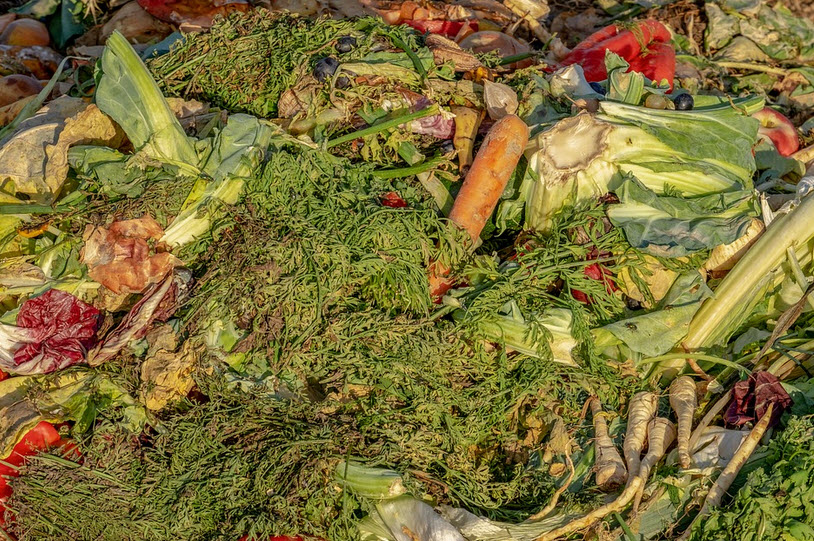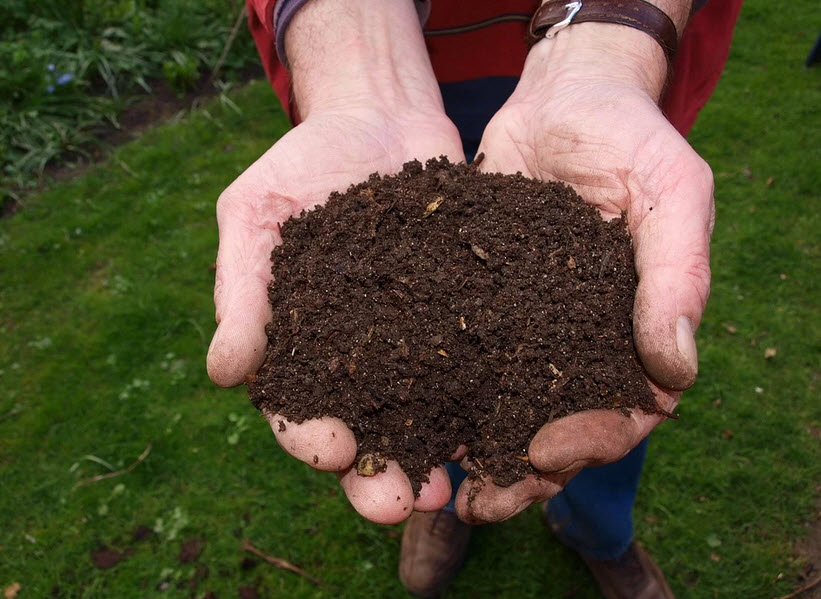Composting
Composting is a great way of turning household waste into a valuable resource – soil. Instead of putting your nutritious organic waste in a landfill where it gets contaminated by other types of garbage, you allow nature to turn it back into soil again – soil that can then be used for your potted plants, in a garden, and so on.
When it comes to the practical aspects of composting household waste, there are a multitude of different solutions available and it is important to get one that works well for your particular situation. If you have been burned by composting-attempts in the past (Too difficult! Too messy! Soooo many fruit-flies!) it is probably because you tried to follow a composting method that wasn´t right for your situation and preferences.
Therefore, instead of rushing out to get your compost going today, I suggest you slow down and read up on different types of compost solutions. Hopefully, you can find one that is perfect for YOU. Also, don´t hesitate to get several different types of compost going instead of trying to force one solution to be everything to everyone. You might for instance want a large low-effort compost for leaves and similar garden waste, and a smaller but more complex one for kitchen scraps.

What is bokashi fermentation?
Bokashi is a Japanese method where organic kitchen waste is fermented by certain bacteria. The resulting product is highly nutritious and can be used to improve the soil in potted plants, gardens, etc.
These are the basic steps of bokashi
- Some organic kitchen waste is placed in a bucket that has a well-fitted lid. The bucket also has a tap at the lower end, which makes it easy to remove fluids from the bottom of the bucket.
- The organic kitchen waste is inoculated with Lactobacilli, which is a type of bacteria that causes fermentation. The Lactobacilli will convert some of the carbohydrates in the waste into lactic acid.
- Gradually add more organic kitchen waste. Try to minimize how much air you let into the bucket, because the process works better when no new oxygen is added. (Another great solution is to pressure the waste hard each time you add more. That way, you create an oxygen-deprived environment down below, even if there is some oxygen on the surface of the waste.)Also remove excess liquid now and then as needed, dilute it with water and use it directly to improve soil by pouring it into the soil.
- It normally takes around two or three weeks at room temperature for a full bucket to become a fermented product ready for use. Now, mix it with soil to improve the soil. Your plants will thank you!
An advantage with bokashi is that as long as the lid is on, it doesn´t make the kitchen smelly. Many apartment dwellers use bokashi to take care of their organic kitchen waste.

